1. Truth Is, They Don’t Eat Them
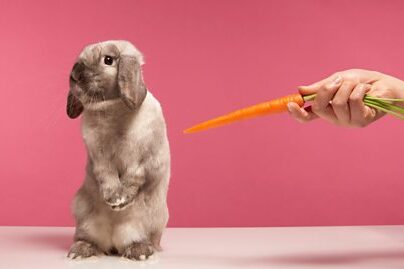
Everyone thinks rabbits love carrots. The truth is they don’t. Wild rabbits survive on hay, grasses, clover, and leafy greens, not root vegetables. Carrots are treats, more like candy than meals, and vets warn against feeding them daily. Yet somehow, the image of the carrot-loving rabbit became one of the strongest myths in pop culture. This story didn’t start in nature. It started in Hollywood, with one charming movie star who had no idea he was about to change what the world believed about rabbits forever. And it all began with a single crunch from Clark Gable in 1934.
2. Rabbits Didn’t Ask for This
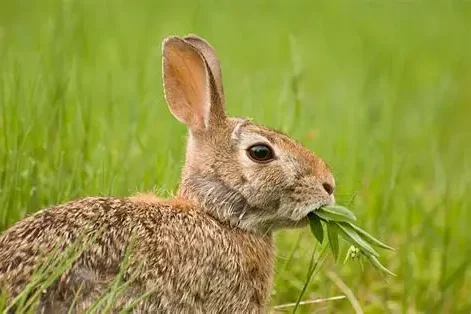
Rabbits never volunteered to be the mascots for carrots. In the wild, they avoid sugary foods and focus on fiber-rich plants. But when a handsome actor made carrots look cool, the myth stuck like glue. Suddenly, rabbits were portrayed everywhere as carrot lovers, smiling with orange sticks in hand. The truth got buried under the laughter. For decades, people forgot that real rabbits eat hay and leafy greens. It’s funny how one movie scene can reshape an entire species’ reputation. Rabbits didn’t ask for fame, but Hollywood had already decided what their favorite snack would be.
3. Enter Clark Gable, Vegetable Trendsetter
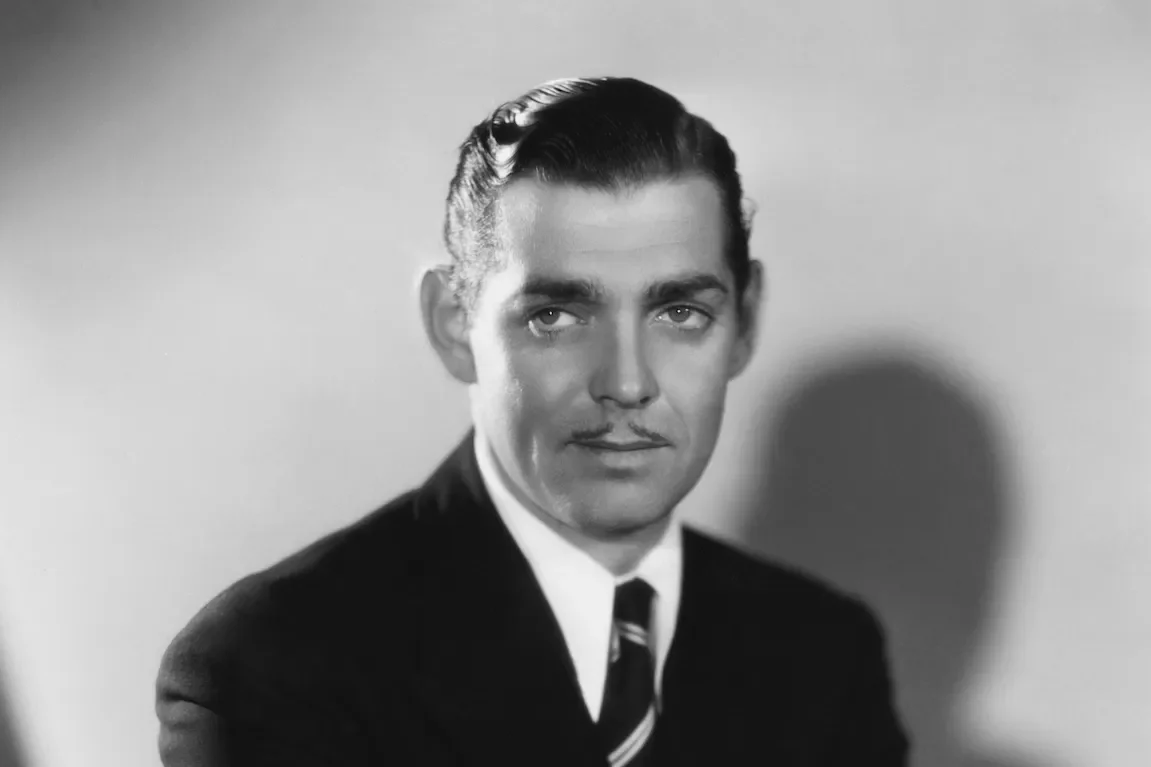
In 1934’s It Happened One Night, Clark Gable didn’t plan to change rabbit history. He just needed something to do with his hands during a funny roadside scene. The carrot he casually chomped was an unscripted moment that made his performance look effortless. Audiences loved it. They saw confidence, coolness, and a little charm hidden behind every bite. That simple crunch gave carrots a movie-star moment. No one could have imagined that a human eating a carrot would inspire the world to believe it was a rabbit’s favorite food. But that’s exactly what happened.
4. The Carrot as Attitude
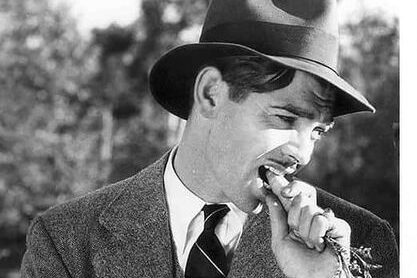
When Clark Gable took that bite, he didn’t just eat a carrot, he owned it. The vegetable became part of his charm, a replacement for the usual Hollywood cigar. It gave him character and style, something audiences couldn’t forget. Instead of looking silly, he made chewing carrots look smooth and confident. People didn’t realize it then, but that tiny acting choice transformed how they saw carrots. It was no longer a boring vegetable, it became a prop of swagger and self-assurance. In just one scene, the carrot turned from snack to symbol, and pop culture took notice.
5. Warner Bros. Takes Notes
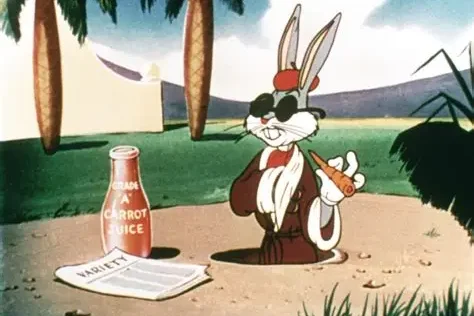
When animators at Warner Bros. were creating a wisecracking rabbit, they wanted him to have that same nonchalant attitude Clark Gable showed on screen. They remembered the charm of that carrot scene and borrowed the idea. The carrot wasn’t meant to feed their rabbit, it was meant to define him. They wanted a prop that matched his humor and cleverness. By giving their rabbit a carrot, they created a nod that adults would recognize and kids would find funny. That simple creative choice became one of animation’s most unforgettable trademarks.
6. Bugs Bunny Is Born
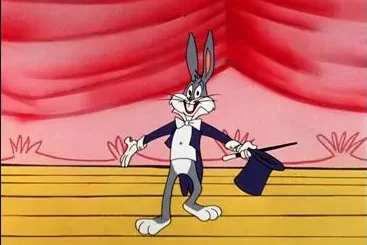
In 1940, the world met Bugs Bunny. He wasn’t just another cartoon character, he was cool, clever, and quick-witted. The carrot in his hand wasn’t about food, it was personality. He chewed as he cracked jokes, lounged without a care, and outsmarted everyone around him. It was casual brilliance. The carrot became his sidekick, a sign of his relaxed confidence. Audiences didn’t question why a rabbit was eating a carrot. It felt natural because Bugs made it look natural. He didn’t eat for hunger, he ate for attitude, and that made all the difference.
7. The Catchphrase Cemented It
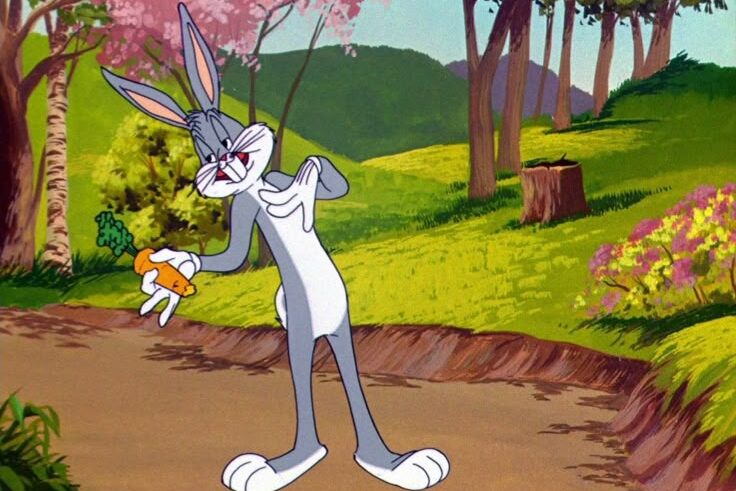
“Eh, what’s up, Doc?” became one of the most recognizable lines in cartoon history. Every time Bugs said it with a carrot in his paw, the image deepened. The joke was inspired by Clark Gable’s casual coolness, but audiences didn’t know that. They only saw a funny rabbit who loved carrots. The repetition turned parody into reality. Children grew up believing that carrots were rabbit food, while adults just enjoyed the humor. With every episode, the myth became stronger. Bugs Bunny wasn’t just eating; he was teaching generations what rabbits supposedly ate.
8. Hollywood Short-Circuits Logic

Hollywood has a way of rewriting facts. Once something looks believable on screen, people accept it without question. The same thing happened with rabbits and carrots. No one stopped to ask why a rabbit was always eating one. It became background truth, just like cowboys with hats or detectives with cigars. By the 1950s, the idea was fully cemented. Rabbits and carrots were forever linked in pop culture. Logic didn’t matter anymore because the visual joke worked. The myth was complete, and nobody wanted to correct it.
9. Merchandising Explosion
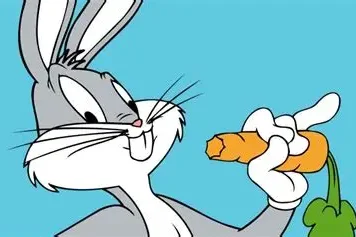
Once Bugs Bunny became a star, his carrot came along for the ride. Toys, lunchboxes, posters, and coloring books all showed him holding one. The image was everywhere. Carrots were no longer just vegetables, they were pop icons. Even without words, the sight of a carrot meant Bugs. Kids grew up seeing rabbits and carrots as inseparable. Every piece of merchandise reinforced that belief. It wasn’t just clever branding, it was cultural programming. The more Bugs Bunny appeared, the deeper the connection grew between real rabbits and their fictional orange snacks.
10. Children Become Rabbit Nutritionists

Generations of children believed they were helping when they fed carrots to rabbits. After all, that’s what cartoons taught them. At petting zoos, in homes, or during Easter, the carrot was always first on the list. Parents smiled, unaware that they were passing on a myth. Rabbits loved the sweet taste, so no one questioned it. The truth that carrots are treats, not meals, got lost in decades of repetition. What started as a joke in a movie became a feeding tradition. Pop culture shaped how people cared for animals without anyone realizing it.
11. Rabbits Get Typecast Forever
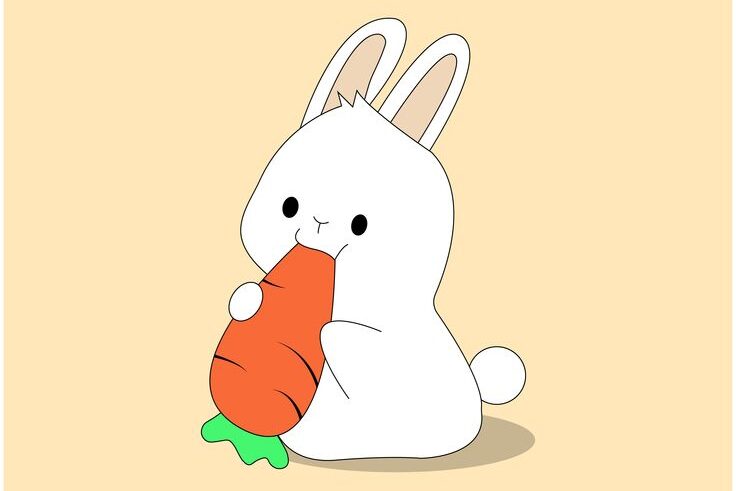
Hollywood typecasting doesn’t just affect actors. Rabbits got stuck with the carrot role, and they’ve been playing it ever since. Every cartoon, logo, and children’s story insisted on the same pairing. It was cute, funny, and completely wrong. But audiences loved it. Even real rabbits couldn’t escape it. People brought them carrots as gifts, believing they were doing something good. The truth didn’t stand a chance. Once an image like that sticks, it becomes part of the collective imagination. Rabbits were no longer just animals, they were characters living in Clark Gable’s long shadow.
12. The Carrot Industry Wins Big

While no one tracked the exact numbers, it’s safe to say carrot sales didn’t suffer. The vegetable gained new life in popular culture. Bugs Bunny made it cool for kids, and farmers benefited from the association. Clark Gable probably never imagined he was launching one of the greatest marketing campaigns for vegetables ever. That single movie scene made carrots a household symbol. What began as a casual acting choice turned into a decades-long advertisement. Hollywood sold a myth, and the world happily bought it, one crunchy bite at a time.
13. Carrot Becomes Symbolic Rebellion

Every great character has a signature accessory. Groucho Marx had his cigar, Bogart had his cigarette, and Bugs Bunny had his carrot. The carrot wasn’t about eating; it was about attitude. It said, “I’m smarter than you, and I know it.” It was a symbol of humor and rebellion wrapped in orange skin. The more Bugs leaned into the bit, the funnier it got. The carrot became less of a snack and more of a statement. It represented confidence, timing, and a little mischief, all inspired by Clark Gable’s effortless cool.
14. Every Bunny After Had to Play Along
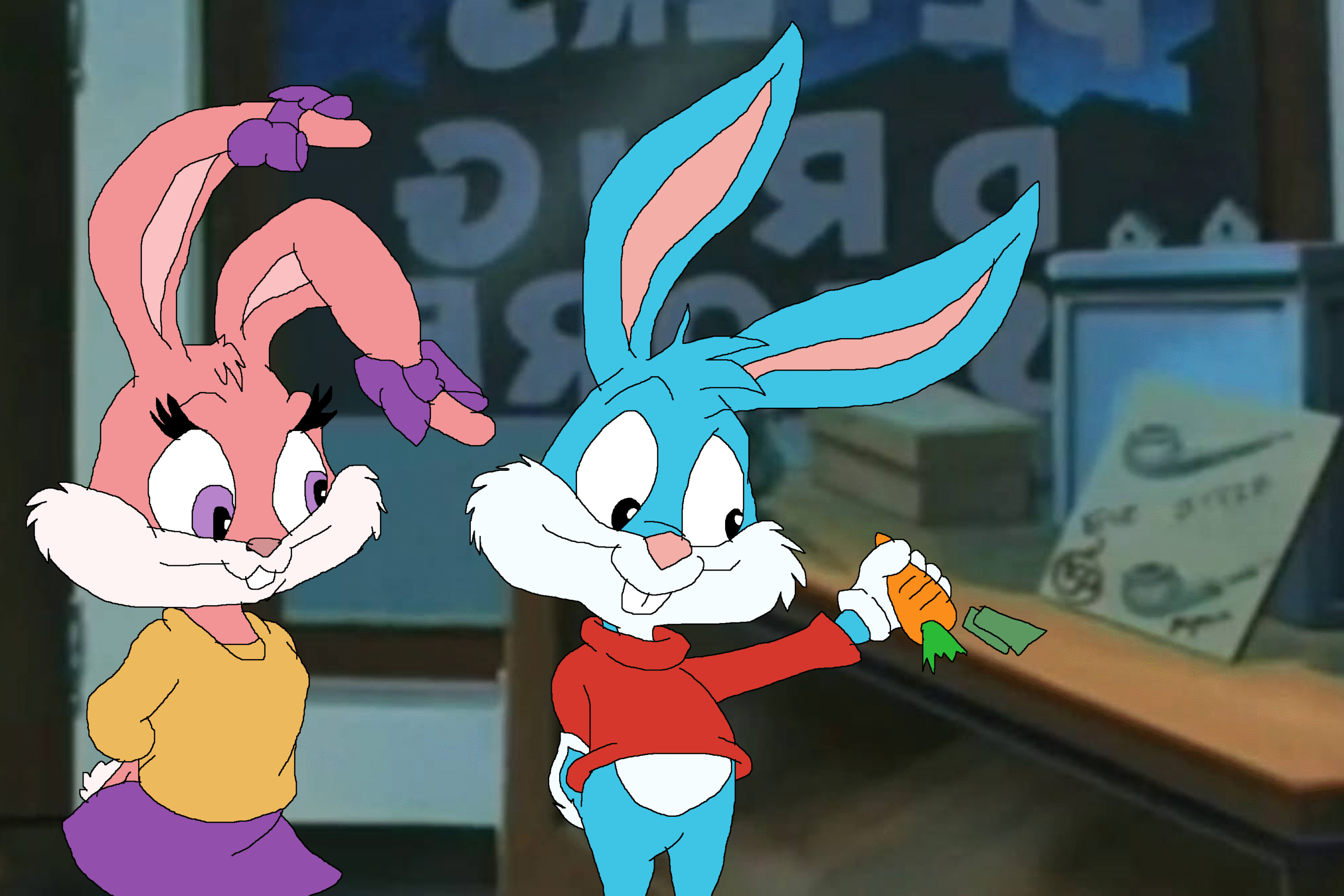
Once Bugs Bunny defined what a cartoon rabbit should be, the rules were set. Every animated rabbit that followed needed a carrot to be recognizable. It became the shortcut for audiences to identify a rabbit character instantly. Even in commercials, books, and greeting cards, the pattern continued. Rabbits without carrots felt incomplete. The habit wasn’t based on nature but nostalgia. It was branding that turned into expectation. Artists didn’t question it, they just followed the formula. The myth became so normal that even realism couldn’t break the carrot curse.
15. Science Tries to Intervene
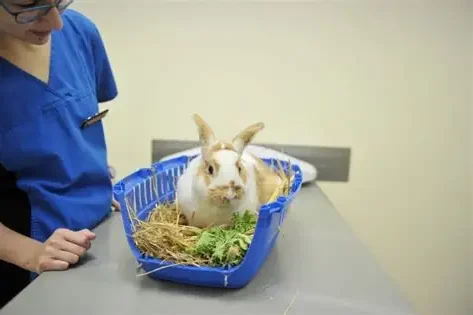
At some point, veterinarians started speaking up. They explained that carrots are high in sugar and can harm rabbits’ health. Hay, greens, and water should make up most of their diet. But science couldn’t compete with decades of entertainment. Parents shrugged, and kids smiled, pointing to their favorite cartoon hero as proof. The carrot myth was too charming to kill. Even with facts on the table, people kept feeding rabbits what they saw on TV. It was a losing battle between biology and nostalgia, and nostalgia won every time.
16. The Petting Zoo Tradition
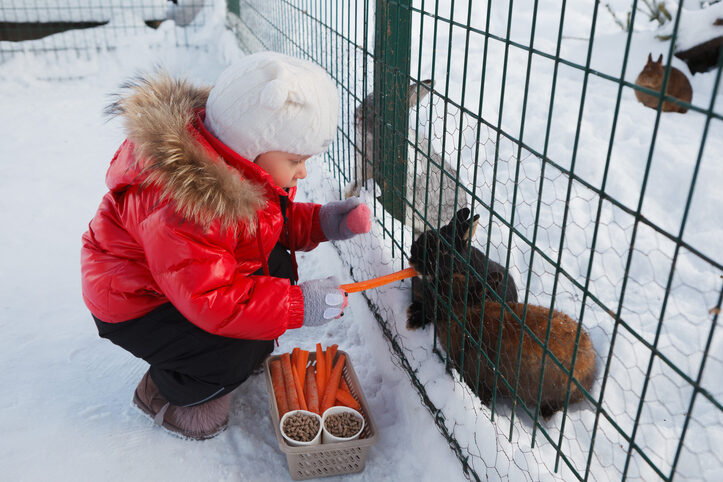
At petting zoos, carrots became the ultimate peace offering between kids and rabbits. Every photo, every visit, every happy crunch continued the cycle. Zookeepers often gave in, even when they knew better. The ritual was part of the experience. For children, it felt magical to share food with a soft little bunny. They were living out what cartoons promised. Rabbits didn’t mind, and no one corrected them. The simple act of feeding a carrot became a childhood memory passed from generation to generation, sweet and harmless, even if it wasn’t accurate.
17. Bugs Outlives His Source Material
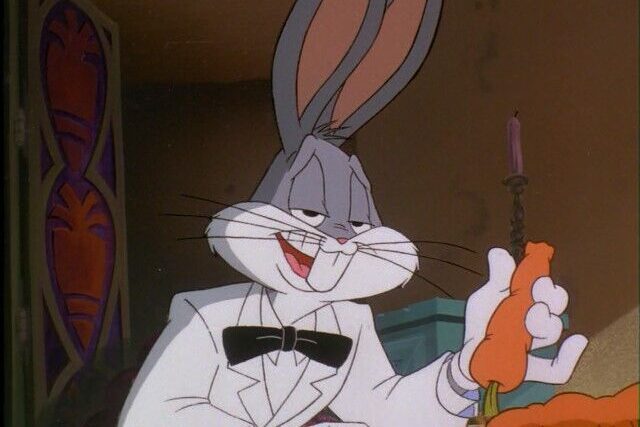
Clark Gable may have started it, but Bugs Bunny carried it forward for generations. Most people today have never seen It Happened One Night, yet everyone knows Bugs. The cartoon rabbit outlasted his inspiration by decades, stealing the spotlight and the snack. The carrot became his forever prop. Ask anyone why rabbits eat carrots, and they’ll point to Bugs without hesitation. Gable’s moment turned into a global myth that survived through endless reruns and reboots. The man is gone, but the carrot legend he started still hops across screens everywhere.
18. Pop Culture Domino Effect

Once the pairing stuck, it spread far beyond cartoons. Advertising, greeting cards, cereal boxes, and holiday decorations all featured rabbits with carrots. It became cultural shorthand, a simple image that everyone understood. No one questioned it because it felt right. The more it appeared, the deeper it settled into collective memory. The world didn’t just believe rabbits liked carrots; it celebrated it. What started as one actor’s quirky choice turned into a worldwide visual language, proving how a single movie scene can echo through time.
19. Bugs Bunny Becomes a Nutrition Influencer
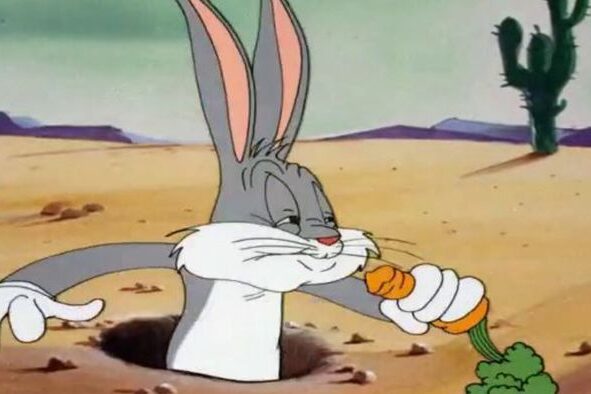
It’s ironic how Bugs Bunny, a parody of coolness, became a vegetable ambassador. Parents pointed to him when convincing kids to eat healthy snacks. Suddenly, carrots were fun, and vegetables had star power. The rabbit myth accidentally encouraged better eating habits for children, even if it was based on fiction. It was the happiest accident in food history. A Hollywood prop became a school lunch staple. In the strangest twist of all, a myth meant for laughs turned into a global campaign for healthy snacking. Bugs made vegetables cool without even trying.
20. Blame Clark Gable
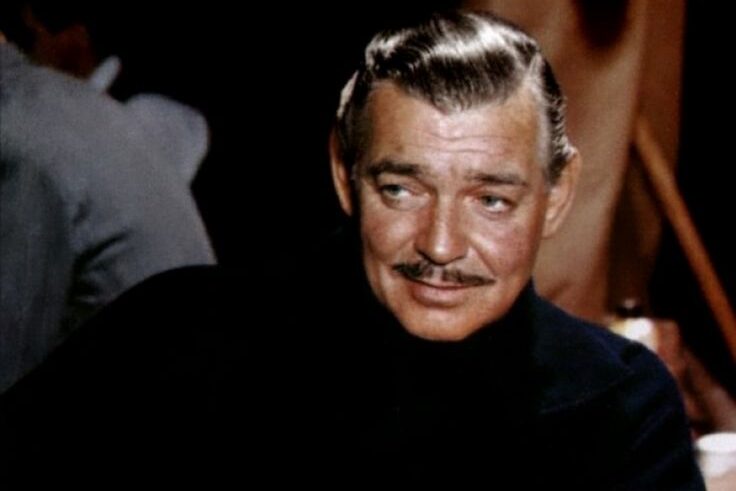
And here we are, back where it all began. One actor, one movie, one carrot, and one lasting misunderstanding. Clark Gable never set out to change animal diets, but his casual crunch created a myth that generations would grow up believing. Rabbits never asked for carrots, but Hollywood decided for them. The line between fact and fiction blurred so perfectly that it still holds today. Next time you see a rabbit munching on a carrot, remember the truth. It’s not biology, it’s branding. The world’s sweetest myth was born with a single bite.
So, the next time you see a rabbit chomping a carrot in a cartoon, meme, or Easter basket, remember it’s not biology. It’s branding. Clark Gable, with one casual chew in 1934, kicked off an 80-year PR campaign that no farmer, vet, or scientist has ever been able to undo. The greatest trick Hollywood ever pulled wasn’t Rhett Butler’s charm, it was convincing us that rabbits run on carrots.


